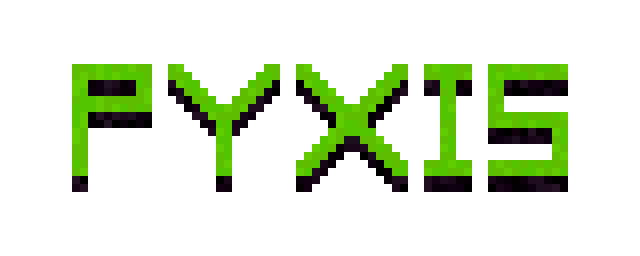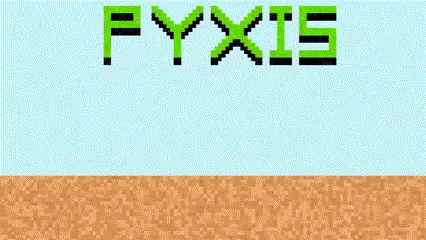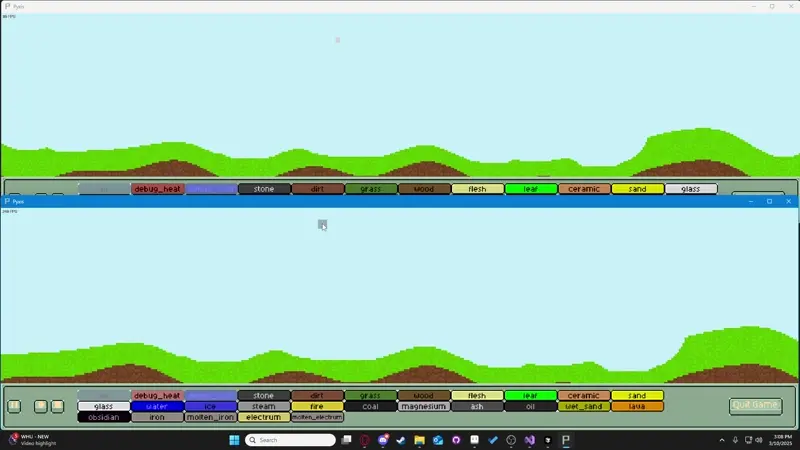
Multiplayer falling sand simulation written in C++
Inspired by Noita
Built with my own game engine

FEATURES
- >P2P gameplay using Steamworks API
- >Connect via Steam Overlay
- >LAN and direct IP connection
- >Synchronized simulation
- >Theoretical infinite world generation
- >Box2D rigid body physics
- >Runtime deformable objects
- >Chunk-based world management
- >JSON-defined elements
- >Custom reactions via JSON
- >Custom nodes via inheritance
- >Cellular automata element interactions
- >Temperature & state changes
- >Planned Multi-threaded computation

// Multiplayer demo showing two synchronized clients
Based on GDC 2019 talk by Nolla Games on Noita's Falling Everything Engine.
// Core simulation components:
- Cellular automata rules engine
- JSON element definitions
- Planned Multi-threaded update system
- Box2D physics integration#include <box2d/b2_world.h>
The Nolla Games GDC talk outlined a great method to integrating Box2D with a falling sand simulation:
Utilize a marching squares algorithm, followed by a Douglas-Peucker line simplification, and finally a triangulation algorithm.
In Pyxis, I use a triple-skew rotation to preserve the integrity of each pixel in a rigid body, and use this to calculate where the pixels should be placed in the simulation
For integrating it with the simulation, you take the rigid bodies out of the simulation, step the simulation once, and put them back in.
TECH SKILLS++
ALGORITHMS
→Pixel Preserving Triple-Skew Rotation→Marching Squares Algorithm→Douglas-Peucker Optimization→Delaunay Triangulation
NETWORKING
→Steamworks API→TCP/UDP Sockets→Client-Server Sync
OPTIMIZATION
→Planned Multi-threading→Visual Studio Performance Debugging→Data Compression→Memory Management
BUILD SYSTEMS
→CMake→VCPKG Dependencies→Cross-Platform Dev

